If Mission Mangal celebrates unknown Indian scientists who work behind the scenes, a similar tribute is due to those responsible for planning and delivering India’s domestic cricket.
When Virat Kohli attributed the success of the Indian team to a strong domestic structure some dismissed it as just another politically correct statement. But increasingly others too see merit in BCCI’s elaborate tournament network that allows players to advertise their talent.
India’s domestic cricket is by far the biggest in the world, and this season is its most ambitious—a staggering 2,036 matches spread over seven-and-a-half months, multiple tournaments for men/women across age groups, 38 first-class teams in Ranji with 1000 players.
Organising this is a logistical nightmare, no less complicated than holding a general election. Cricket is played in distant corners of India, at hundreds of venues, but match conduct is micro-managed, controlled from far.
The extent of back-end work to connect every dot is astonishing. Each match has BCCI-appointed umpires and a match referee, and a tiny crew that video films every ball—for BCCI’s record and to monitor umpiring. Present at every venue are scorers who feed live scores, ball-by-ball, into a central system and these are up instantly on the BCCI website.
Without use of latest technology such precise execution would be impossible. All players are registered in BCCI’s computer system and posting of match officials is done online. Junior players’ participation is subject to clearing a pre-season medical bone test to determine age. Umpires login to a central network to submit confidential reports. Practically all BCCI payments, to players, officials, vendors, are through direct bank transfers.
Much preparatory work is done off-season, during the April-July window, when BCCI upgrades the skills of key people. The NCA in Bengaluru organises training courses for coaches, curators, physios, trainers and all manner of support staff. The Nagpur umpires’ academy conducts refresher classes and the Anti-Corruption Unit focuses on player education capsules.
All activity is coordinated by a small operations team occupying a second floor corner in Cricket Centre, the BCCI headquarters. This group is known to keep its head down like Bombay batsmen of yesterday and work doggedly to get the job done.
Domestic cricket deserves all inputs and attention because it is the foundation on which rests Indian cricket. The arrival of a potent fast bowling unit, Hanuma Vihari or a Karun Nair scoring a Test triple hundred can all be traced to the rough grind of domestic cricket. If Ashwin, a test superstar, is struggling to make the playing eleven, it points to the bench strength that comes through a competitive system.
Post IPL, the average Indian domestic cricketer is skilled, ready, confident and aspirational. With money and fame within grasping distance, he senses an opportunity and commits to a career of a professional player. Of course, of the millions sucked into the system, only a lucky few make it.
For every hopeful, the beginning of a new domestic season is exam time, full of stress, uncertainty and anxiety. Just as students don’t know what future awaits them, every domestic cricketer training for Vijay Hazare, beginning this month, dreads a deadly ball that might come his way.
Compared to the small entitled group of international players, the life of the average player on the domestic circuit is tough. On the road for months, he faces serious financial insecurity. The money isn’t bad but harsh conditions apply— without contract, salary, regular job or stable income he is solely dependent on match fees, which is subject to selection.
Matches could be played in small centres, on tricky pitches, and sometimes umpiring is also an issue. But these are, at best, quibbles because overall standards are better than before and much thought goes into providing top grade facilities.
Cricket’s Mission Mangal would be complete if a way is found to ensure availability of top India players to play domestic cricket.


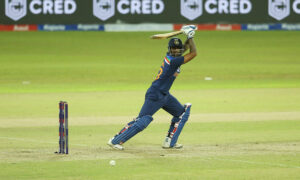

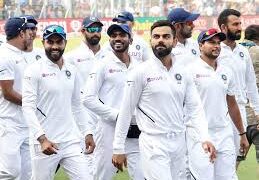

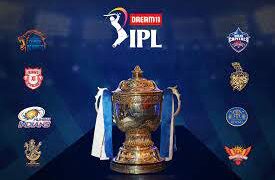



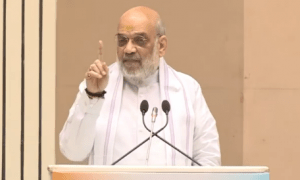



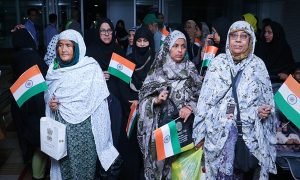

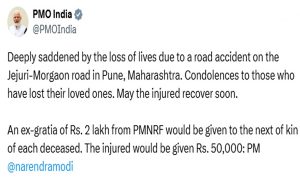

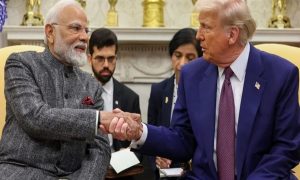

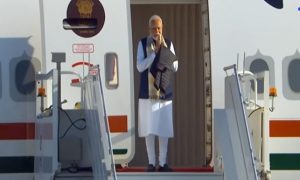



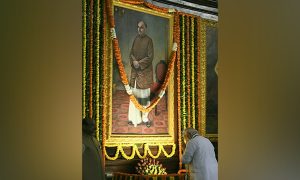

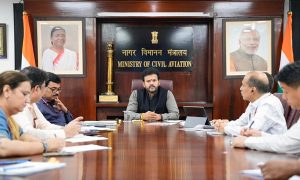

 WhatsApp us
WhatsApp us